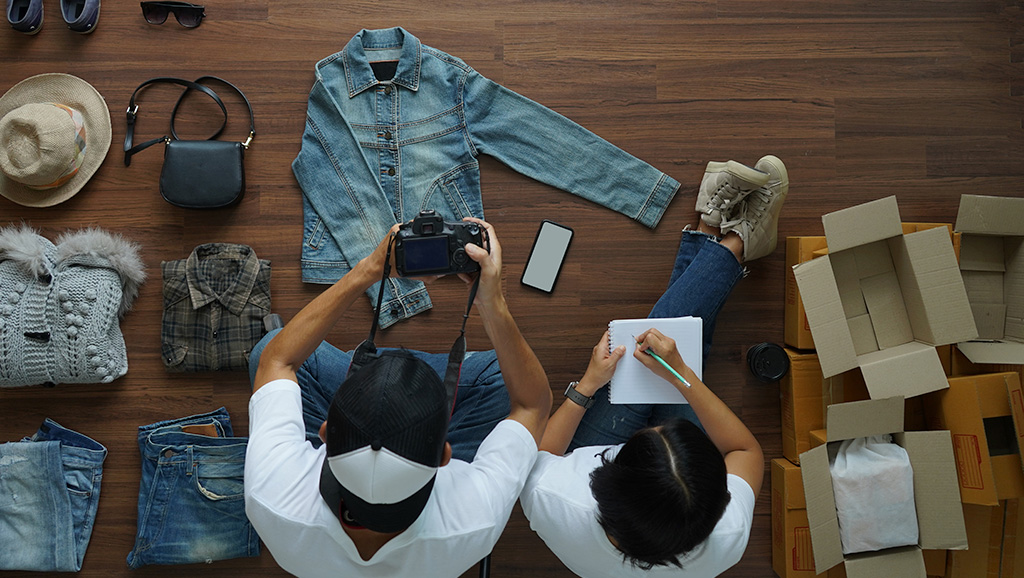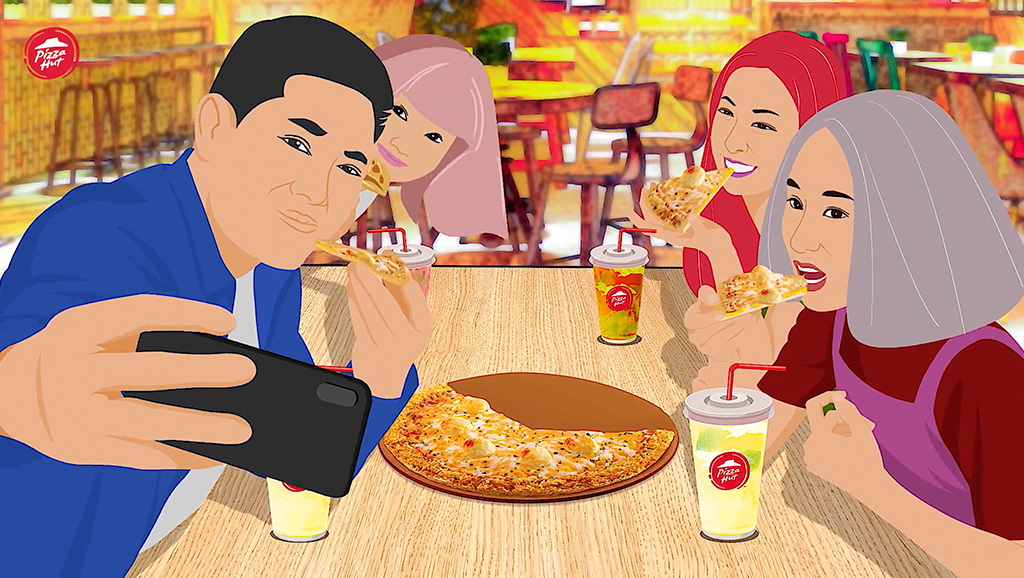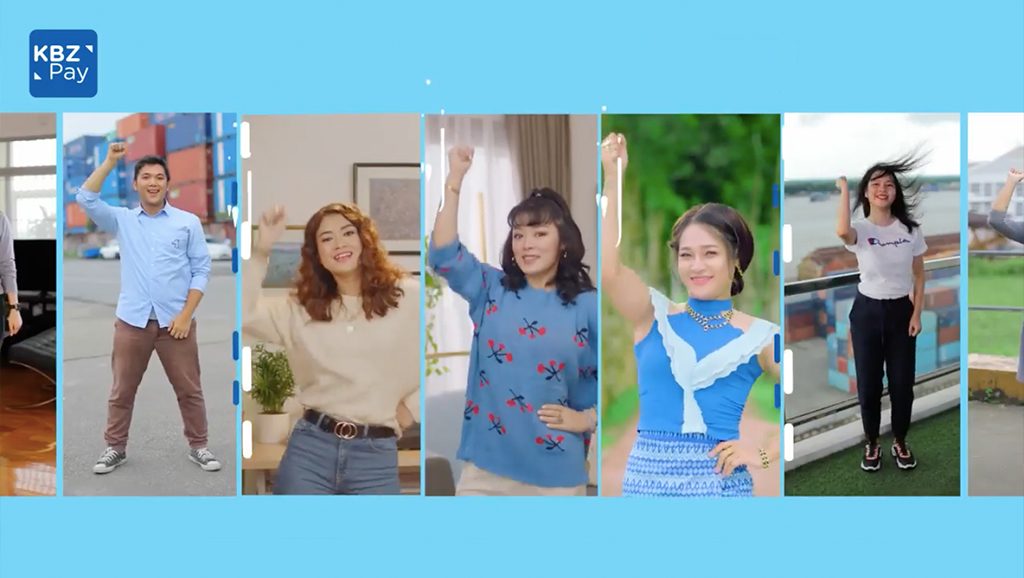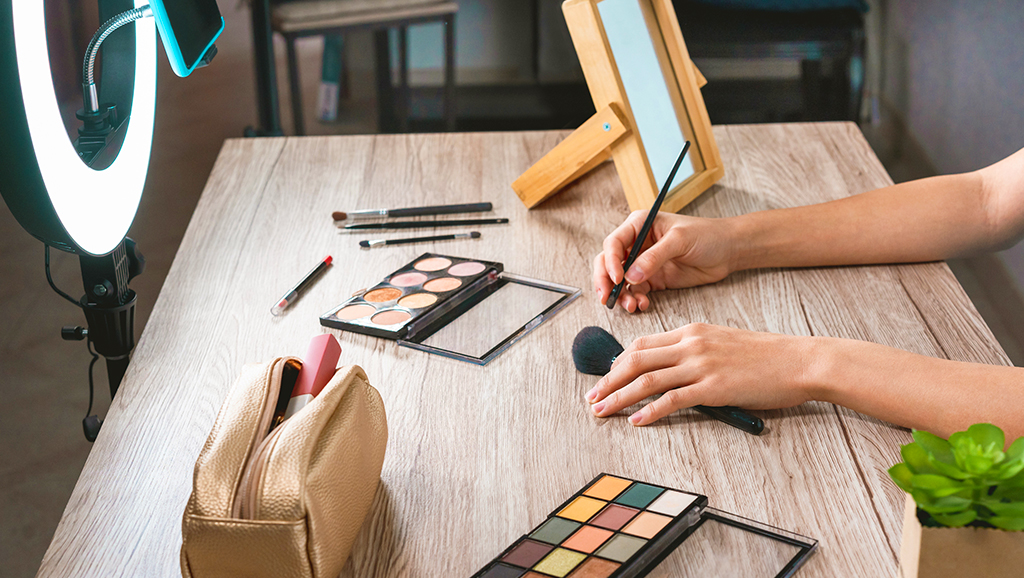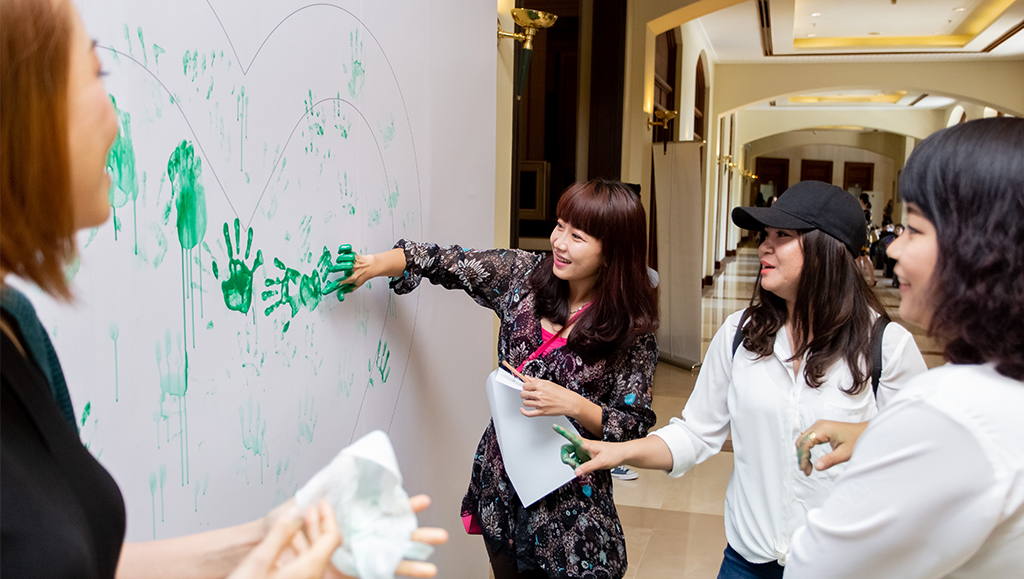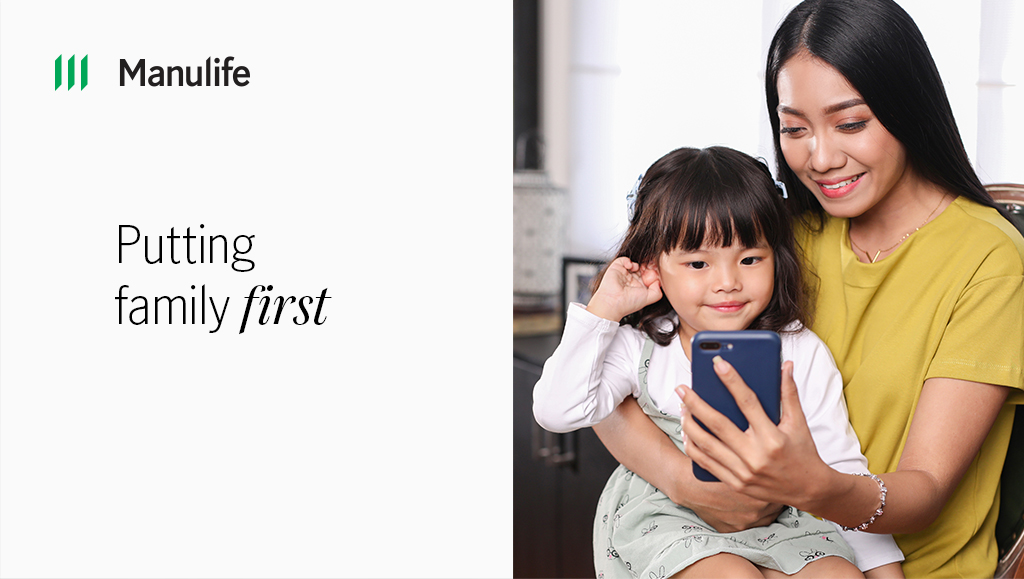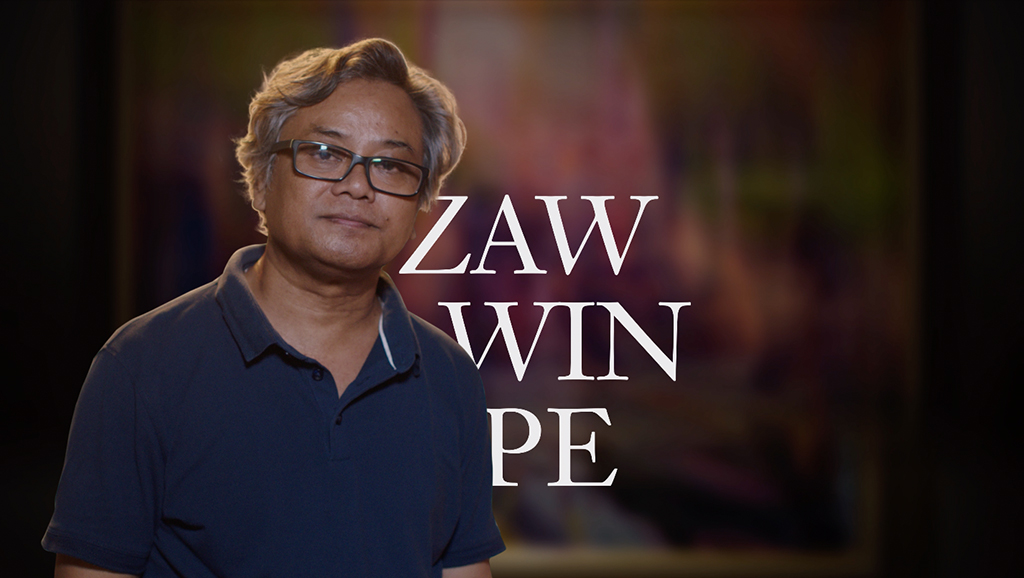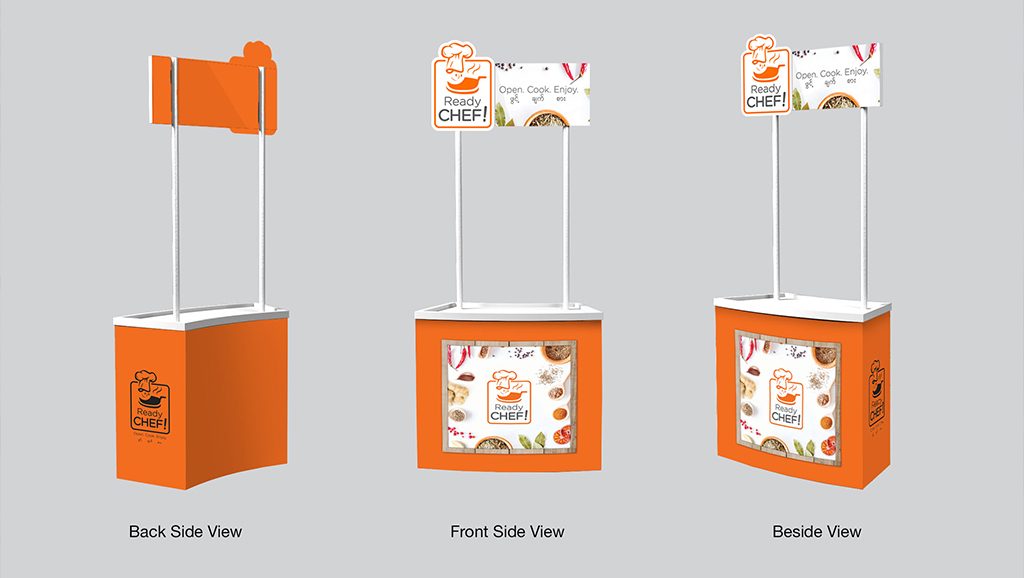
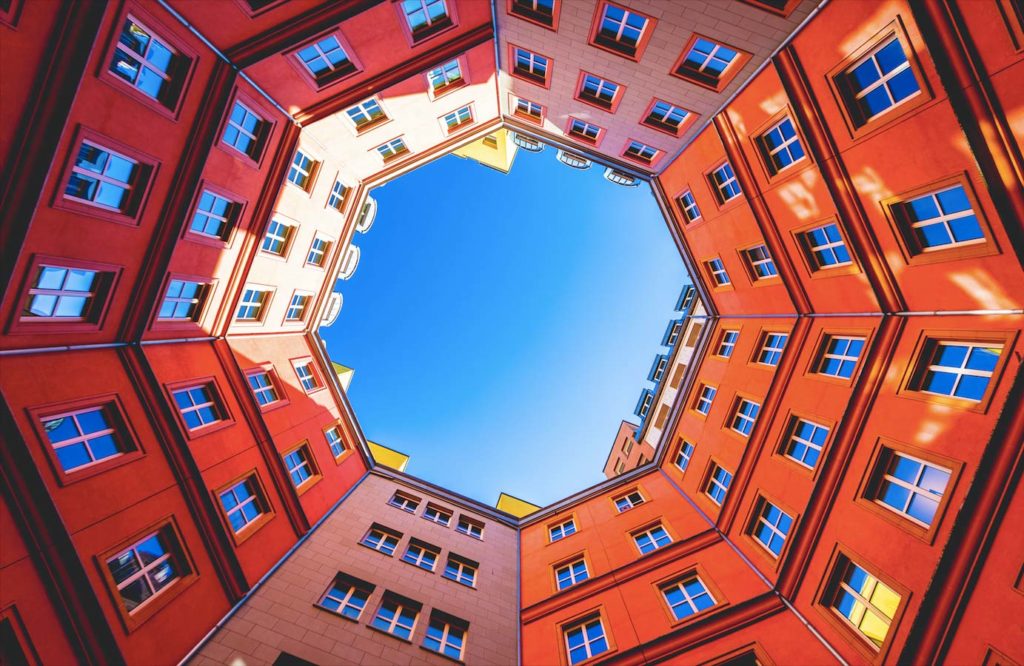
In English, a popular idiom is that “a picture is worth a thousand words.” The saying’s thought to have originated in the early 1900’s, a few decades after newspapers in America had begun printing photos. Since then, the phrase has gone in and out of fashion and entered much of the western world’s colloquial dialogue — thought to be true, but also a bit silly.
In marketing though, this saying is proving more truthful than ever as we create content in the digital age. In 2018, even traditionally text-based social media sites like Facebook and Twitter are embracing visuals with full force. Most recently, Twitter has begun smart-cropping photos through artificial intelligence and machine learning. Now, when users upload photos to the site and Tweet them out, an image’s preview will be automatically optimized for viewing across mobile or desktop.
Here are a few reasons why compelling visuals are an extremely important component of the content marketing materials we produce, and why all brands should embrace photos, videos, infographics and other visuals in 2018.
We Are All Visual Natives
As a species, we are all hardwired to explore the world visually. In turn, communication of all types (including advertising) is easier for the human brain to process when visuals are included.
According to The Visual Teaching Alliance, the human brain can process visual information more than 60,000 times faster than text. And not only do people process information faster when it is given to them digitally, but they are also more likely to remember it. In one study, participants who were provided information and then asked to recall it three days later were only able to do so with a 10% success rate when given the information orally. When the same information was provided alongside a visual, the rate of retention jumped to 65%.
This propensity to prefer visual information even extends to some of the most influential groups of decision makers, one Forbes research journal indicates that nearly 60% of c-suite executives prefer to consume content through video than text.
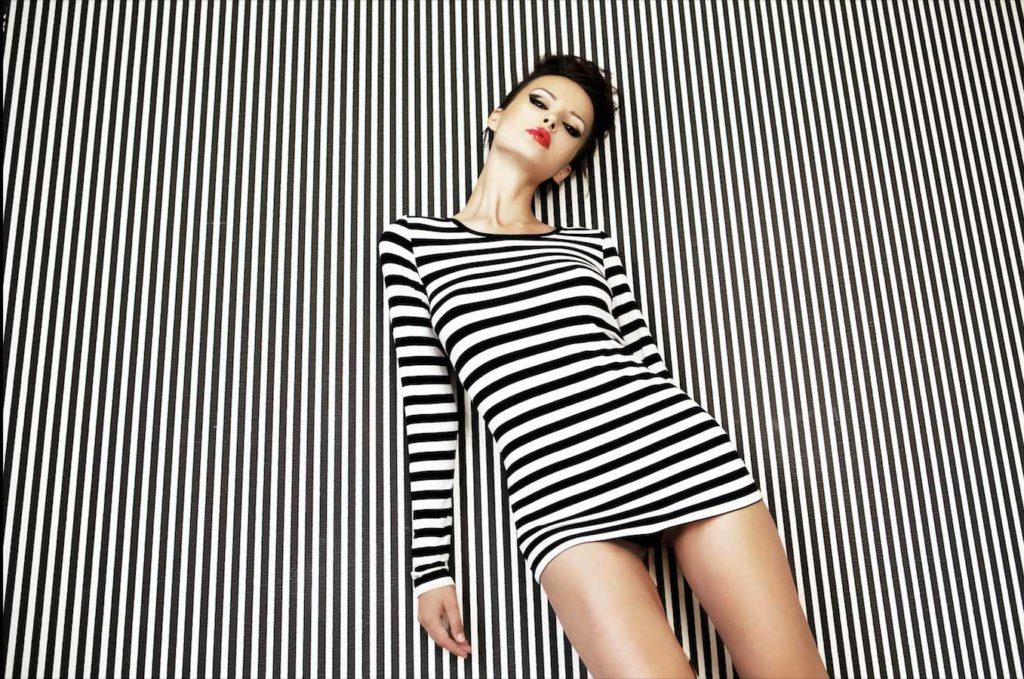
Visuals are Brief
Leveraging the fact that people can process visuals much quicker than text means bypassing the intense competition among all kinds of media in capturing consumers’ attention and monopolizing screen time. With consumers being bombarded with more information than ever, visuals are the quickest way to communicate complex information.
While graphs, charts, infographics, and slideshows were once thought to only serve mathematical, scientific or B2B data well, recent work in and out of the marketing and advertising industry shows consumers can appreciate the same kinds of tactics. What’s more, on social, infographics receive three times the amount of reactions than any other kind of content.
Visuals Tell Stories
While brands may not want to make charts the core component of their content marketing scheme, on a much simpler level photos can communicate complex emotions, concepts, and brand attributes where text falls short.
Ultimately, visuals can tell stories that text cannot. As the focus of content marketing shifts towards storytelling and creating utility for consumers, visuals are a brand’s best bet in telling stories that cause reactions with consumers. Moreover, by creating emotional responses through visual stimuli, brands can insert their stories into consumers lives in meaningful ways.
Images and Video Perform Better on Social
Finally, visually impressive content simply performs better — accomplishing campaign goals and maximizing reach. One study by AdWeek suggests that Tweets with visuals receive 18% more clicks, 89% more favourites, and 150% more retweets than their text-only competitors. On Facebook, posts that include images garner 650% higher engagement than text-only posts.
And on a strictly marketing basis, eMarketer reports that out of all posts shared on Facebook, those with photos account for a whopping 87% of total interactions.

